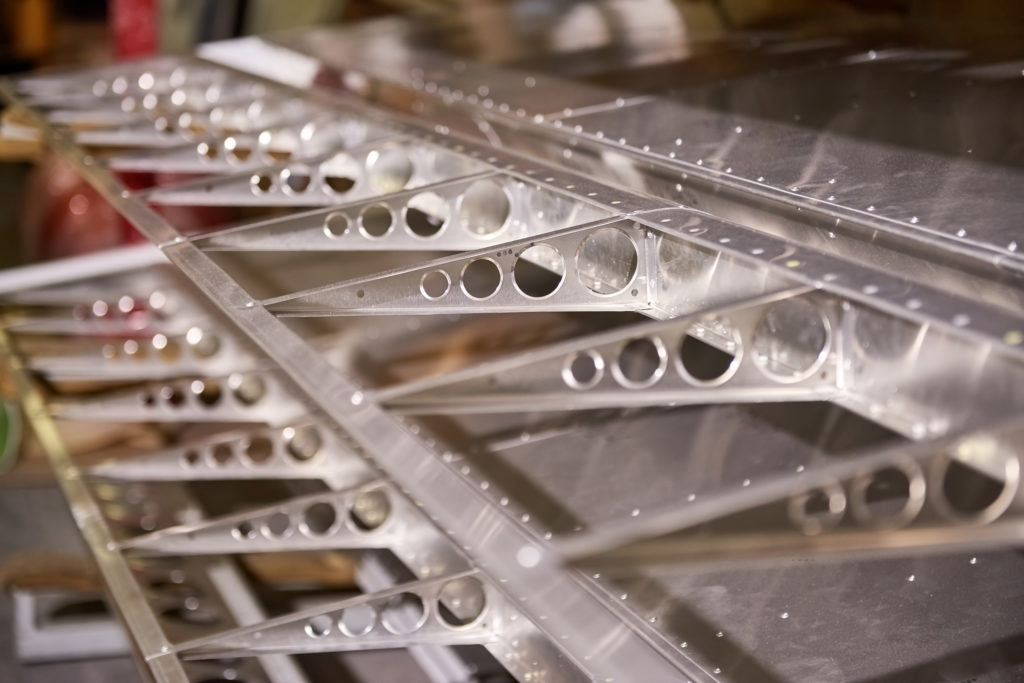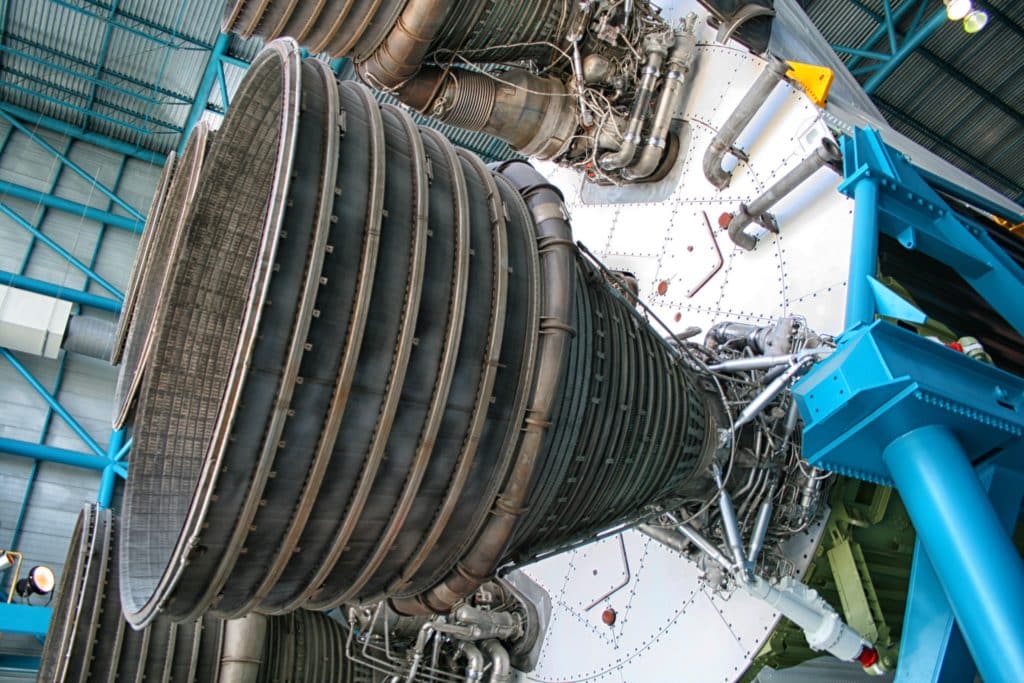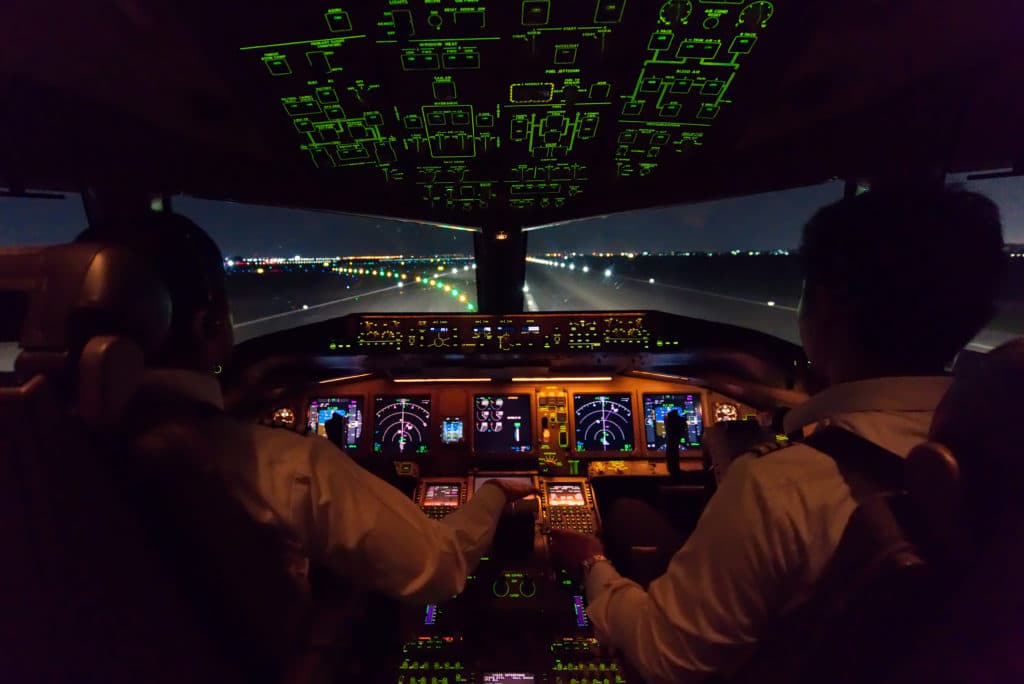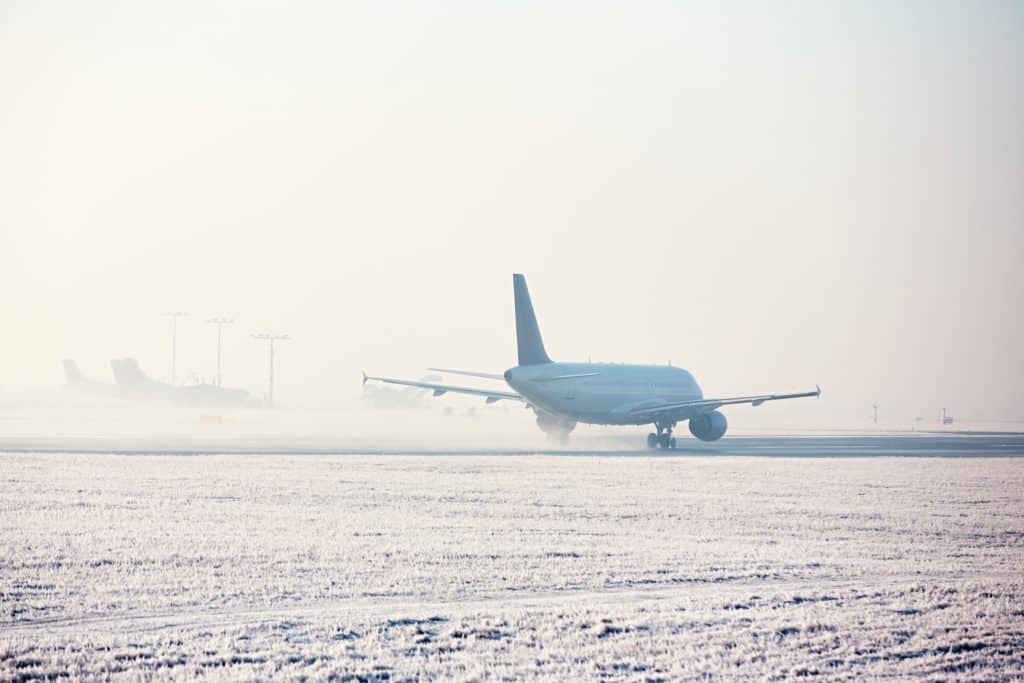Aerospace
The aerospace industry in particular require advanced technoloy. Thanks to our extensive range of coatings, and ligands, we meet all the requirements set by the aerospace industry. Over the years, we have developed to become an efficient processor of highly accurate and complex linkers for the aerospatial industry. Through our knowledge and experience of the aerospace industry, we know what works and what doesn’t.
Choosing the right surface treatment, is crucial for achieving the best end result. Numerous factors play a role. The key question is: Where and for what purpose is the aerospace customer going to use the treated material?
Read more below why SiKEMIA is the ideal partner for you.

Composite Material Fabrication
In aerospace, chemical linkers are instrumental in the creation of advanced composite materials. By facilitating strong molecular bonds between disparate materials, they produce components with exceptional strength-to-weight ratios. These materials are pivotal for constructing lightweight yet robust aircraft frames, leading to significant enhancements in aerodynamic performance, fuel economy, and payload capacity. The strategic use of linkers in composite materials contributes to the overall resilience and longevity of aircraft, while also enabling design flexibility that meets the diverse demands of modern aviation.
Thermal Stability
Linkers play a critical role in enhancing the thermal stability of aerospace materials. They are used to engineer heat-resistant coatings and components that can withstand the extreme temperature fluctuations experienced during high-speed flight and atmospheric re-entry. These materials are vital for protecting sensitive equipment and maintaining the structural integrity of the aircraft under thermal stress. By improving thermal stability, linkers help ensure the safety and operational effectiveness of aircraft across a wide range of flight conditions.


Sensor and Electronics Integration
The integration of sensors and electronic components is crucial for the advanced functionality of modern aircraft, and linkers provide the chemical backbone necessary for this integration. They facilitate the embedding of these devices into the aircraft’s structure, ensuring stable and reliable performance. Linkers enable the development of materials that can house electronics without compromising the system’s integrity, even in the harsh conditions of flight. This is essential for the continuous monitoring and control systems that are the lifeline of aeronautic technology.
Anti-Icing
In the realm of aerospace safety, anti-icing technologies stand as a critical innovation, and linkers have been central to these advancements. They facilitate the creation of robust anti-icing coatings that prevent the dangerous build-up of ice on aircraft during flight. These coatings are essential for maintaining aerodynamic efficiency and ensuring the safety of aircraft operations in cold climates. Our involvement in the completed European EIROS project underscored our commitment to enhancing these anti-icing measures. Through EIROS, we contributed to developing state-of-the-art materials that now set the standard for ice-resistant technology in the aerospace industry, safeguarding aircraft against the perils of icing.

